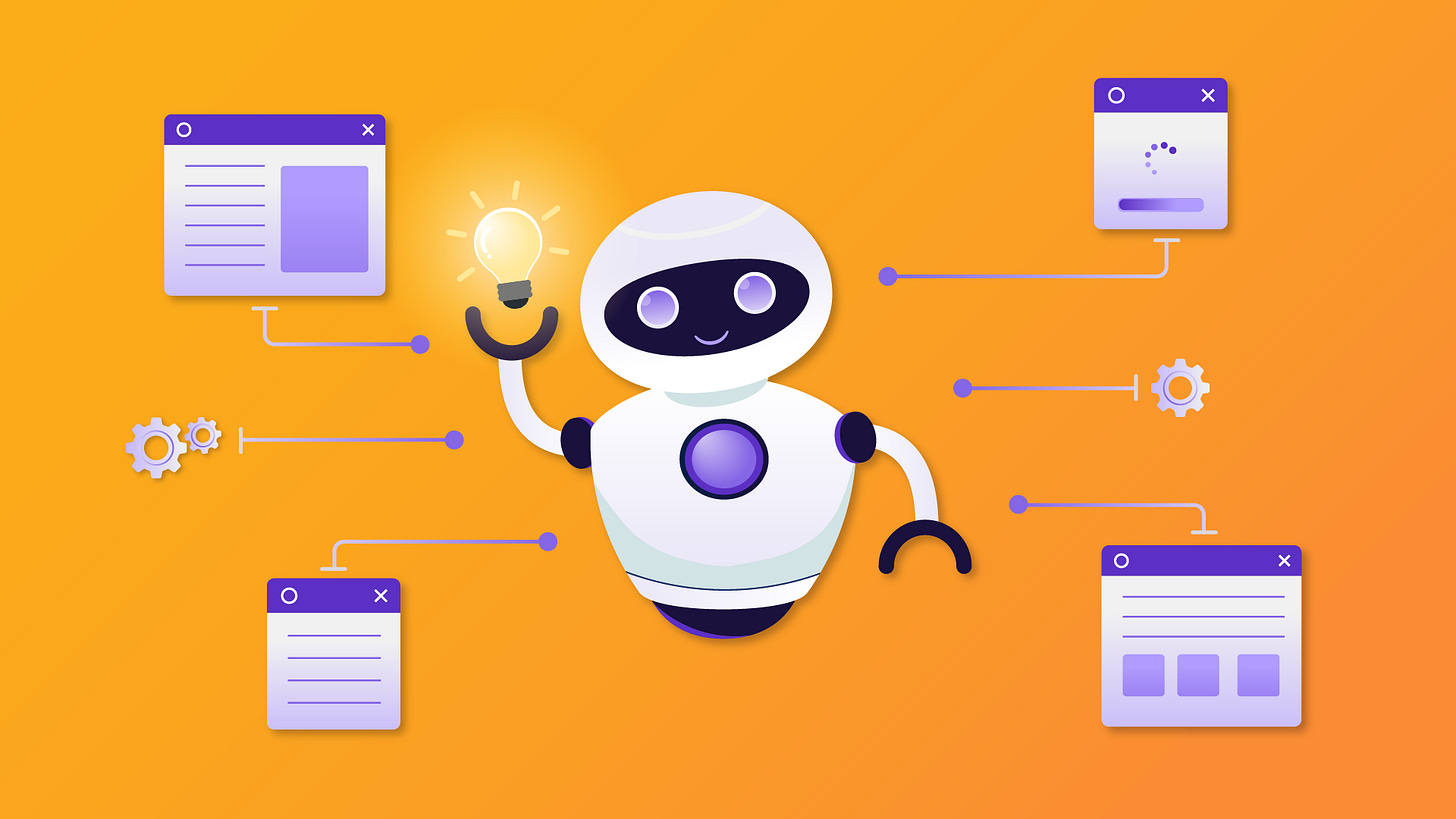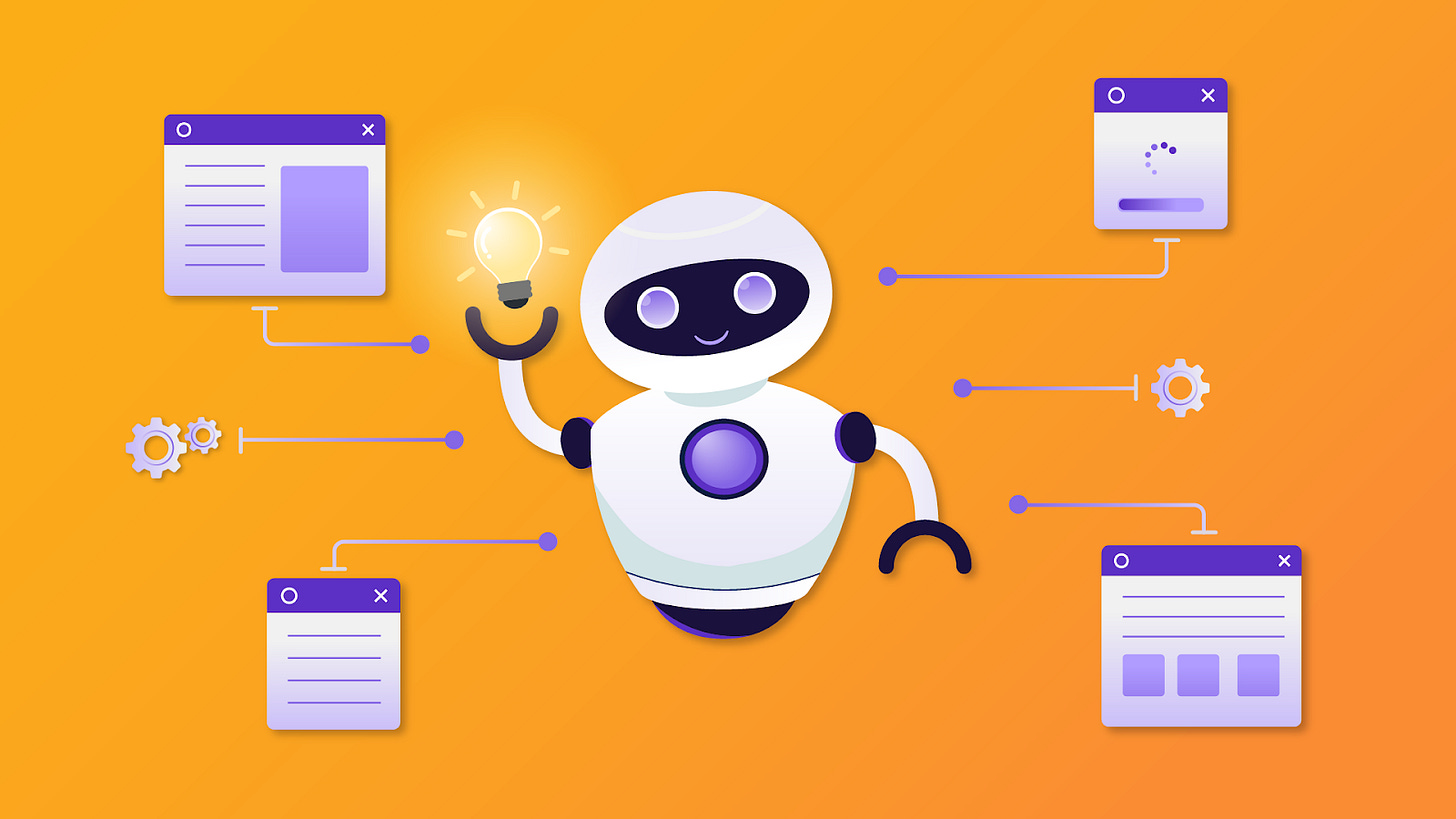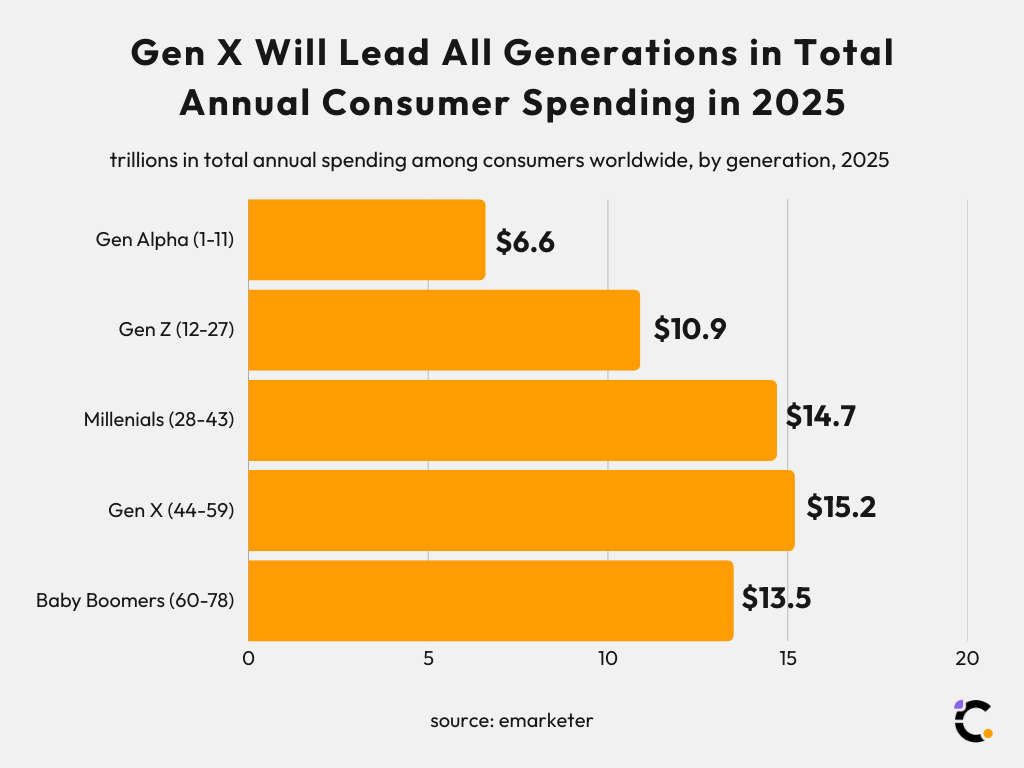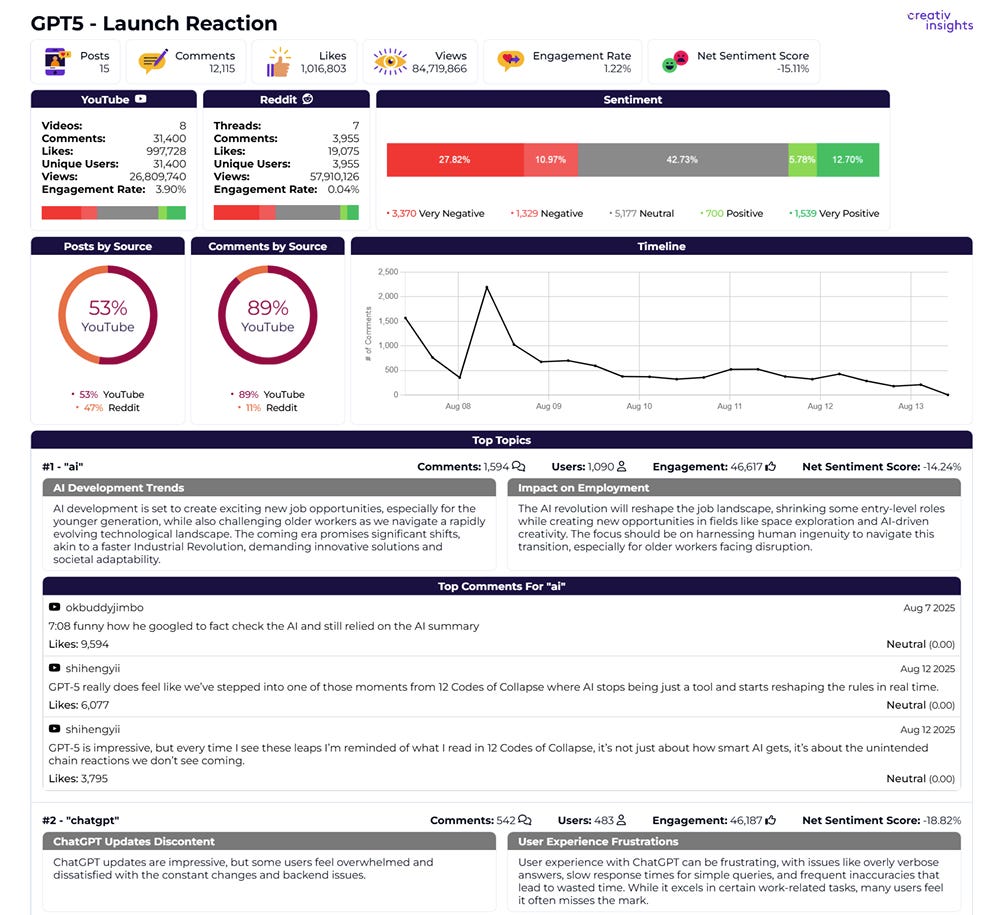📓Creativ Brief: How Machine Learning Actually Works
ESPN and FOX team up. Paramount's Bold Bet. NFL and WWE Deals with Disney. Machine Learning Knowledge. Gen X spending. AI recapping AI.
This post was written by Vibhu Bhan, Chief Operations and Information Officer & Head of R&D at Creativ Co.
If you’re wondering how AI really gets “brand smart,” here’s what’s happening under the hood—and why it matters for marketers.
Large Language Models (LLMs) start by immersing themselves in massive amounts of real-world conversations: every comment, review, and campaign reaction across your digital presence. At first, their billions of internal “knobs”—or weights—are randomly set, so early guesses at responses or insights are just that: guesses.
What transforms this raw power into valuable intelligence is an ongoing cycle of practice, feedback, and adjustment. Every time the model tries to predict the right reply, trend, or sentiment, it checks itself against the actual outcomes in the data. When it’s wrong, it nudges those weights—learning a little more each time through a process called gradient descent. This isn’t a slow lesson; it’s repeated across billions of conversations, letting the model pick up complex language patterns, brand nuances, and even the subtle cues that drive audience action.
We don’t take a one-size-fits-all approach. LLMs learn from a blend of methods:
Supervised learning: where data is labeled, like tagging positive feedback or successful resolutions
Unsupervised learning: uncovering patterns from raw, unlabeled text that the models pick out themselves
Human-Led Reinforcement Feedback: where real people rank and refine the model’s suggestions to further shape its brand understanding.
This process enables us to train models that better sort, filter, and parse campaign data. The LLM can evaluate instant feedback on your live campaigns, analyze competitor moves, and break down reactions to the level of individual topics, creative elements, or featured images.
On top of that, the LLM discovers ever-deeper brand affinities—shared interests, values, and topic clusters connecting your audience across different consumer and industry categories. This allows you to spot crossover opportunities, optimize partnership strategies, and keep your campaign voice relevant as your community evolves.
In short, LLMs don’t just automate—they continuously learn, tune, and expand your brand intelligence so you can move faster, connect deeper, and stay ahead of the market.
3 Stories Shaping the Media and Tech Industries
The bundle delivers a broad mix of sports, news, and entertainment—ESPN’s vast live-event lineup across networks and digital tiers (around 47,000 events a year) combined with Fox’s news channels, sports networks, local affiliates, and optional SVOD add-ons—offering fans a seamless value alternative to subscribing à la carte .
Why it matters: It’s a strategic move that signals the future of streaming—smarter, collaborator-driven bundles that address consumer fatigue with fragmented platforms and rising subscription costs, positioning live sports and news as powerful anchors to win and retain audiences.
The deal—negotiated swiftly after the merger and launching in 2026—means Paramount+ subscribers will now receive 13 numbered UFC events and 30 Fight Nights annually at no extra cost, a move likely to drive engagement, subscriptions, and advertising revenue.
Why it matters: Live, highly loyal sports content like the UFC is increasingly the strategic asset driving streaming growth and industry consolidation, and Paramount’s aggressive play signals how media and entertainment players must pivot to exclusive, must-watch offerings to remain relevant.
Disney unveiled major sports deals with the NFL and WWE on the same day Disney reported stronger fiscal Q3 results driven by streaming and parks. Under a nonbinding pact, ESPN would acquire NFL Network, NFL Fantasy and RedZone distribution while the NFL takes a 10% equity stake in ESPN, and a separate deal makes ESPN the exclusive U.S. home for all WWE premium live events starting in 2026; Disney’s DTC unit also swung to a $346M operating profit with combined Disney+/Hulu subs at 183M.
Why it matters: These moves signal Disney/ESPN’s push to anchor the streaming bundle around premium live sports, deepen ad inventory, and prioritize profitable engagement over raw subscriber counts.
Creativ Spotlight - More Machine Learning… Learning
Want a deeper diver into the secrets behind machine learning? Vibhu Bhan wrote a deeper recap into how supervised, unsupervised, semi-supervised, and reinforced training works to improve machine intelligence models.
Check it out HERE on our knowledge page!
Stat of the Week - Gen X Will Lead All Generations in Total Annual Consumer Spending in 2025
Gen X is projected to lead 2025 consumer spending at $15.2T.
Millennials follow at $14.7T, boomers at $13.5T, with younger cohorts trailing—Gen Z $10.9T and Gen Alpha $6.6T—so combined spend skews older (Gen X + Boomers = $28.7T vs. Gen Z + Alpha = $17.5T).
Even as many brands court Gen Z/Alpha for cultural relevance, overall spending power is presently concentrated in older cohorts—an important context that varies by category, price point, and target audience.
One Fun Thing - AI Recapping an AI Product Launch
We’re testing our machine-generated reports product, sister to our machine-generated insights product, internally at Creativ Co. We decided to ingest a couple thousand comments on the recent ChatGPT 5.0 launch to see how our reporting tool summarized the data.
This launch was fairly negative, with a net sentiment score of -15%, meaning net opinion was negative. Conversations revolved about their job prospects in the AI revolution, impact of employment, dissatisfaction with back end issues, and a frustrating user experience.






